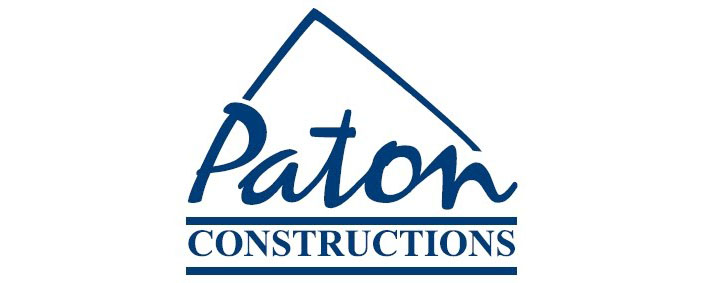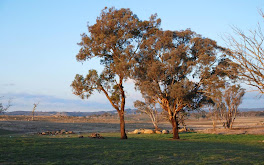Lesson #1: Why a concrete slab?
One of the most important elements of an energy efficient home is the inclusion of thermal mass. In simple terms, this is what will keep your house warm in winter and cool in summer – in conjunction with good solar passive design and a high level of insulation. All of these elements combine to minimise the need for active sources of heating and cooling.
Thermal mass design is particularly effective in Canberra
A concrete slab acts as a means of energy storage and clever design will make the most of this. In winter energy from low-angled sunlight coming into the north side of the house will be absorbed into the slab. As night falls the heat stored in the slab will gradually release to keep the house warm overnight. With Canberra s s uch as the right width eaves to shade windows and external walls prevents the sun from shining onto the internal concrete floor. This helps prevent the house space from gaining heat. Cooler temperatures from the ground below the slab will help keep the house cool, creating a comfortable environment inside the building.
As the table below shows, concrete is the most effective construction material for creating a thermal mass.
MATERIAL | THERMAL MASS (volumetric heat capacity - KJ/m³.k) |
Water | 4186 |
Concrete | 2060 |
Sandstone | 1800 |
Compressed earth blocks | 1740 |
Rammed earth | 1673 |
Compressed fibre cement sheeting | 1530 |
Brick | 1360 |
Earth wall (adobe) | 1300 |
Autoclaved aerated concrete (AAC) | 550 |
Source: EDG
The benefits of using a concrete slab don’t end with energy efficiency – it’s also termite-resistant and concrete is a recyclable material.









